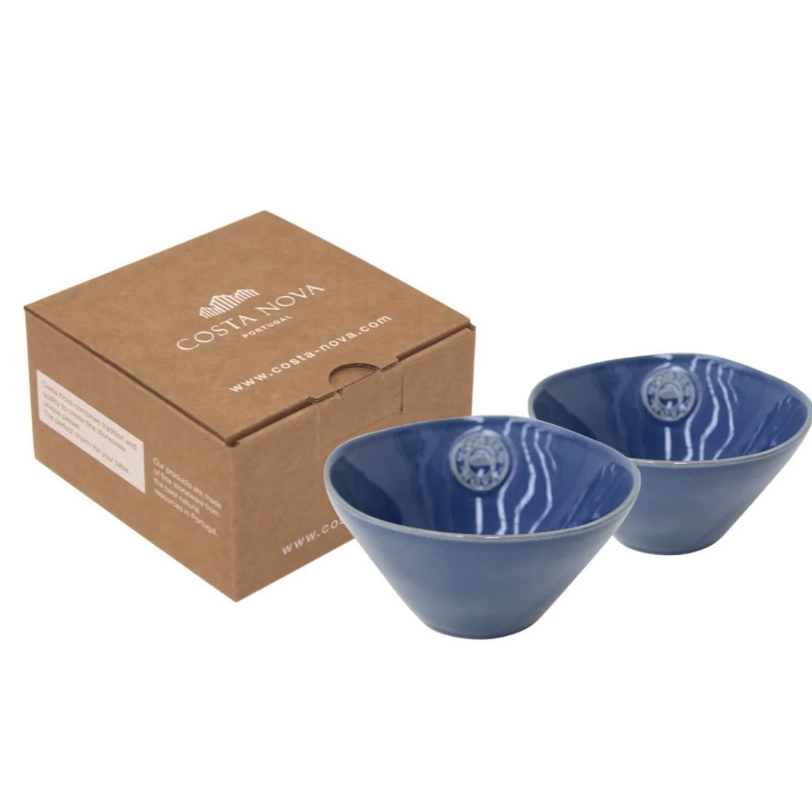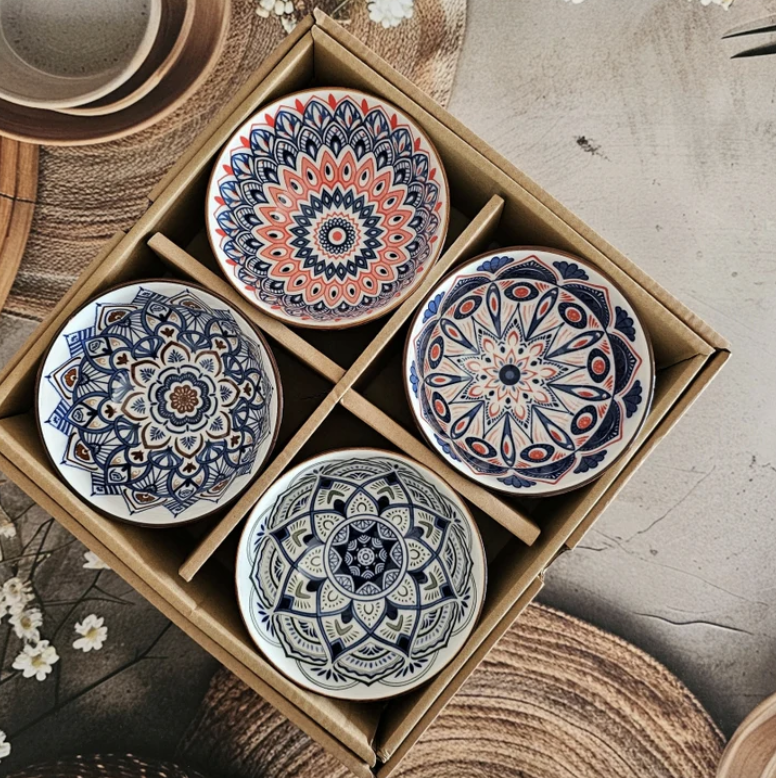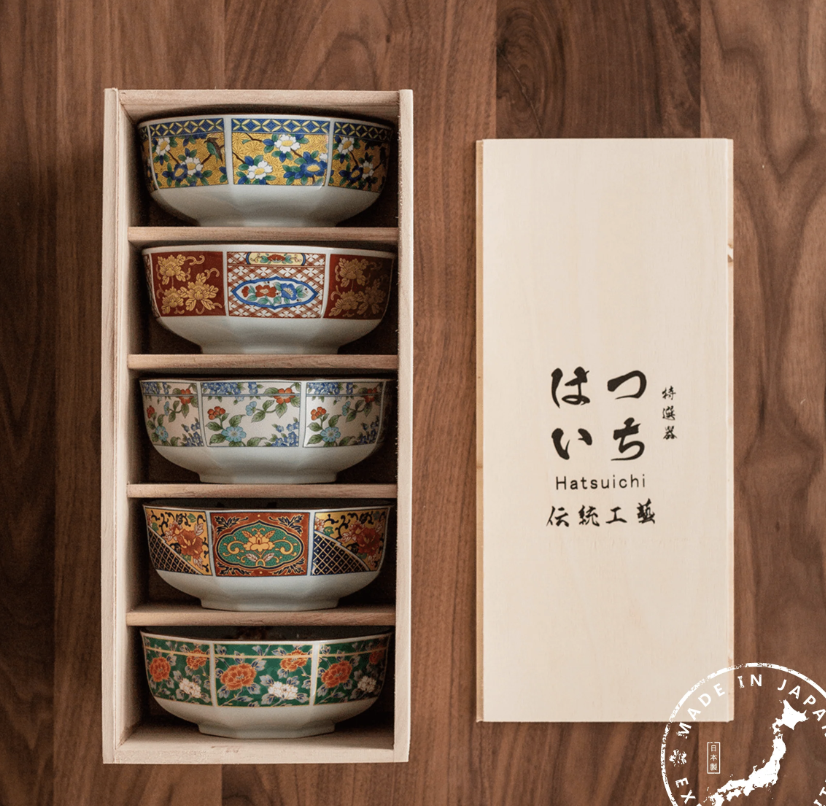We use bowls every day—for meals, for soups, for fruits—but how much do we really know about them?
What seems like a simple kitchen item actually carries rich cultural meanings, advanced craftsmanship, and evolving market trends. Especially with the rising demand for lifestyle-focused and giftable products worldwide, ceramic bowls have quietly become top performers across gifting, homeware, and e-commerce platforms.
This article dives into four surprising facts about ceramic bowls. Whether you’re a global buyer, a home goods developer, or a gift brand creator, this is worth the read.
1. Ceramic Bowls Don’t Look the Same Everywhere—Global Styles Vary Widely
Think bowls look the same everywhere? Think again.
Consumer preferences for ceramic bowls vary greatly around the world—from size and shape to color and glaze, each country has its own aesthetic.
Japan: Wabi-sabi & Handmade Appeal
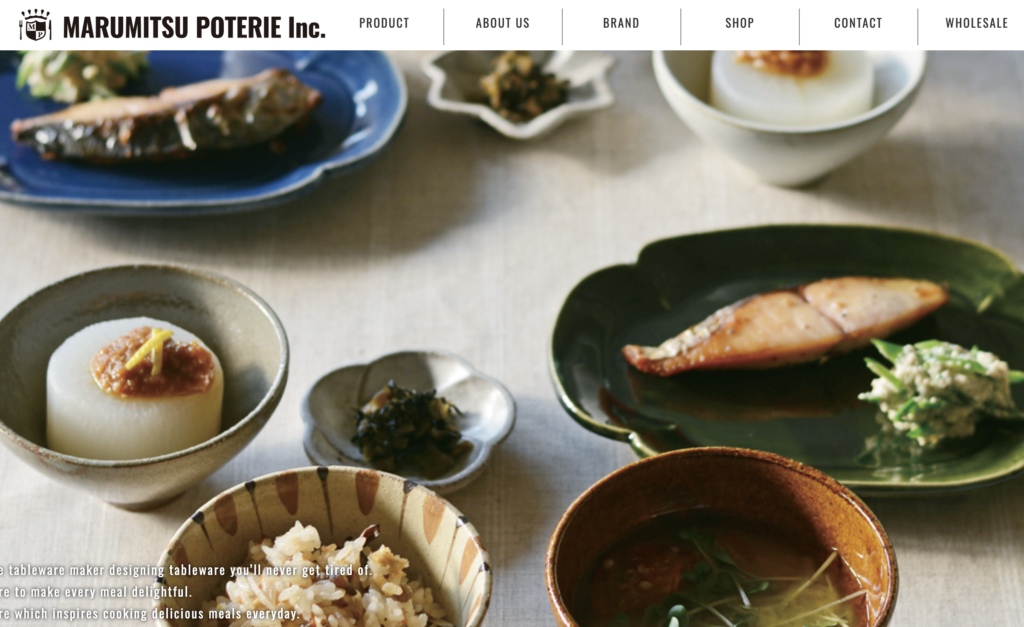
Japanese consumers prefer handmade ceramic rice bowls with a soft, rustic touch. Brands like Marumitsu Poterie and Kinto offer pieces that feel artisanal and calming, often aligned with the wabi-sabi philosophy. Smaller bowl sizes suit their typical one-bowl rice portion per meal.
United States: Minimalist Utility & Multi-Use
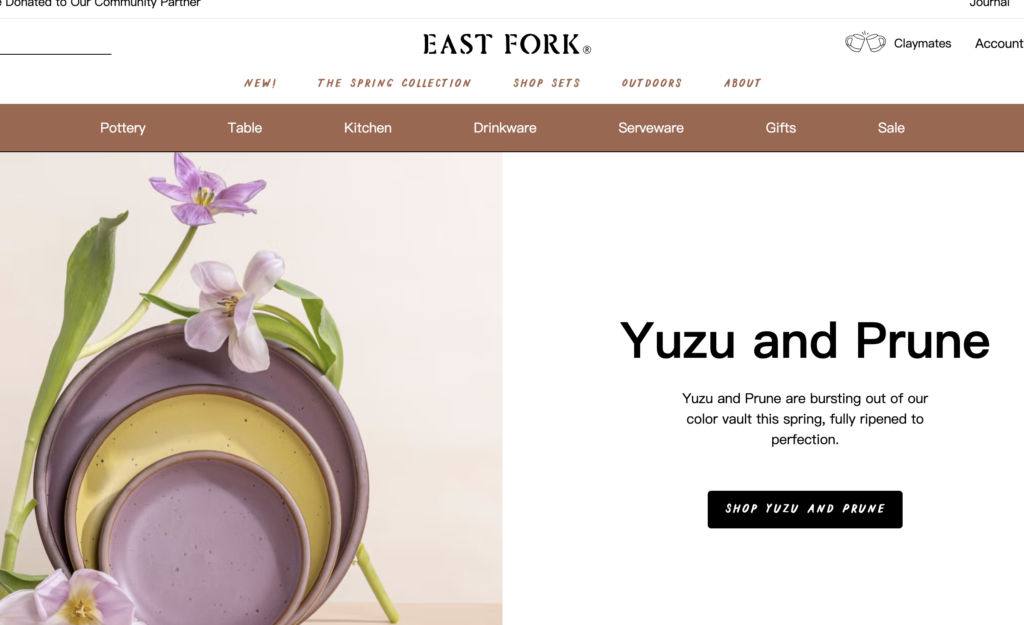
American shoppers focus on functionality. Bowls must be microwave-safe ceramic bowls and dishwasher-friendly. Brands like East Fork and Fable Home lean into minimalist, geometric designs. Their bowls are versatile—perfect for oatmeal, salads, or desserts—emphasizing “one bowl fits all.”
UAE: Luxury Details & Gift-Ready Appeal
In the Middle East, visuals and elegance are key—especially for gifting. Gold-trimmed ceramic bowls are popular during weddings, Ramadan, or family gatherings. Brands like Silsal and O’de Rose specialize in intricate detailing, embossing, and openwork—making bowls both functional and ornamental.
Germany: Functionality & Safety First
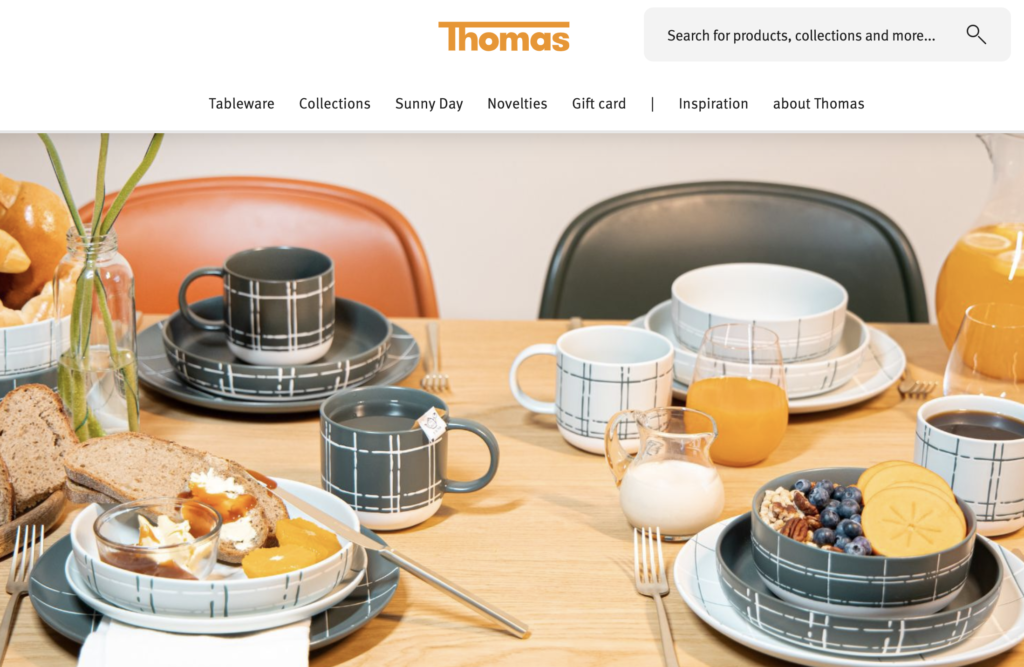
German consumers prioritize safety and performance. Brands like ASA Selection and Thomas Germany highlight lead-free glazes and crack-resistant designs, focusing on eco-safe ceramic bowls for family use and long-term reliability.
Australia: Rustic Clay & Outdoor-Living Friendly
Driven by a relaxed lifestyle, Australians are loving rustic and natural textures. Brands like Robert Gordon and Ecology produce rough-glazed or speckled ceramic bowls that feel handmade. Often paired with eco-packaging, they reflect younger consumers’ growing interest in sustainable living.
2. There’s More Tech in a Bowl Than You Think
Many people assume ceramic products are simply “clay, fired in a kiln.” But today’s modern ceramic bowls are high-tech in their own right.
To meet the demands of global consumers—lightweight feel, crack resistance, microwave safety—manufacturers optimize across several areas:
- Raw Material Selection: Kaolin is blended with quartz and feldspar to fine-tune firing temperatures and strength
- Multi-Layer Glazing: Prevents color bleeding, ensures stability when exposed to heat or liquid
- Function Testing: Bowls are tested for microwave, dishwasher, and freezer safety to ensure they’re truly microwave-safe ceramic bowls
- Thin-Walled Techniques: Some factories use CNC trimming or pressure molding for bowls that feel ultra-light but remain heat-resistant
Exported products to the US or EU typically require certifications like FDA (U.S.) or LFGB (Germany), especially when sold through retail chains or global e-commerce platforms.
3. Ceramic Bowls Are the New Eco Favorite
With sustainable living gaining traction globally, ceramic bowls are being embraced by more and more environmentally conscious consumers.
Compared to plastic or disposable bowls, ceramic options offer major eco advantages:
- Natural & Biodegradable Materials: No petrochemicals involved
- Long Lifespan: A well-made ceramic bowl can last 5+ years
- No Plastic Waste: Increasingly paired with paper or linen packaging
Many brands now highlight eco-friendly ceramic bowl sets using tags like “plastic-free,” “zero-waste,” or “compostable packaging” to build consumer trust.
4. A Bowl That Sells—Perfect for Repeat Gift Purchases
Believe it or not, ceramic bowls are top sellers in the gift industry. With the right combination of design and packaging, they’re driving repeat purchases like few other categories.
Popular “gift-ready” combos include:
- Bowl + ceramic spoon + wooden tray
- Twin bowl sets + linen wrap + greeting card
- Multi-bowl colorful sets + rigid gift boxes + lids
Especially during Mother’s Day, Christmas, housewarming events, or weddings, buyers are drawn to ceramic gift sets that feel warm and meaningful—far more so than generic plastic alternatives.
Comparison Table: 4 Key Aspects of the Modern Ceramic Bowl
| Aspect | Global Style Diversity | Technical Advancements | Eco-Friendly Development | Giftability & Repeat Purchases |
|---|---|---|---|---|
| Driving Factors | Local culture & eating habits | Raw materials, glazing, shaping | Natural materials, green packaging | Packaging design, festive marketing |
| Visible Expressions | Gold rims, hand-painted, minimalist, embossed | Microwave-safe, thin-walled, anti-crack | Long-lasting, non-toxic, recyclable | Gift sets, cards, accessories |
| Consumer Focus | Culturally appropriate design | Ease of cleaning, safety | Certified sustainable & non-toxic | High perceived value, gift-worthy |
| Ideal Seller Strategy | Match designs to local markets | Work with certified factories | Develop green product lines | Create seasonal or cultural bundles |
FAQ
Q1: Are ceramic bowls required to have food safety certifications for export?
Yes. For exports to the U.S. or EU, ceramic tableware for daily use typically needs certifications like FDA (U.S.) or LFGB (Germany) to ensure lead-free, non-toxic materials.
Q2: Are ceramic bowls more durable than glass bowls?
Generally, yes. High-fired ceramic is more thermally stable than common glass. But avoid sudden impacts or temperature shocks.
Q3: Can ceramic bowls be customized with brand logos or artwork?
Absolutely. Most ceramic manufacturers offer decal printing, laser engraving, or underglaze color techniques for custom ceramic bowl production.
Q4: Which markets are best for developing ceramic bowl gift sets?
Middle Eastern, Southeast Asian, and Japanese markets—with strong gift-giving cultures—are ideal. Western holiday seasons like Christmas or Mother’s Day also drive sales.
Final Thoughts: A Bowl with Bigger Meaning
A ceramic bowl isn’t just a vessel—it’s a reflection of lifestyle, tradition, design, and sustainability. From the way it looks to the way it’s made, from its eco story to its market appeal, it’s becoming a strategic entry point for product developers and global sellers.
As a professional ceramic manufacturer based in China, EKA provides OEM and ODM services for global kitchenware, tableware, and lifestyle brands. Whether you’re a cross-border e-commerce seller or a gift brand exploring new markets, we can help you design ceramic bowl collections tailored to your customers—covering design development, custom glazing, eco packaging, and more.

